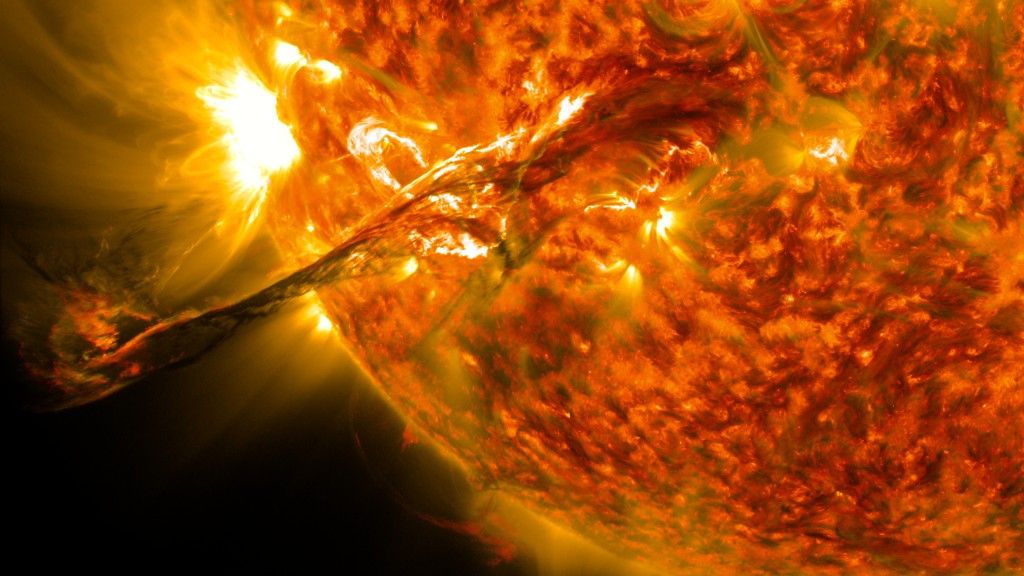If you have not read what actually happened during the 1859 Carrington event, I recommend reading about it and then thinking about your current life, and lifestyle.
I am firmly on the page that a Carrington event today is an existential threat to most humans on the planet, and it is certain that it will occur sooner or later. This solar cycle is looking especially vigorous and we aren't at the peak yet.
Realistically, the effects from a Carrington sized event would more likely last many many years, and as a result, likely the end of life as we know it, and for many people on planet, the end of their lives, especially those in urban and suburban areas. How many factories are currently self powered in a way that is likely to survive an EMP? Likely not many, which means post Carrington, almost all manufacturing will be off line, and stay that way. Refrigeration would be gone, medical supplies would run out in a couple of weeks, fresh food would be gone, and not many people can access grains and legumes directly and cook them without electricity or natural gas. Survival skews toward subsistence farmers in lesser developed countries who have surface water. Being realistic, most of the readers of this post would be very unlikely to survive the ensuing year. The scale of the problem is enormous, and thinking that the current population could forage their way out of it is ostrich thinking. Even if you had five years of food, water, and supplies cached, the odds that someone with less foresight and more desperate would not find you is pretty low. You would have to be pretty hidden for a long time. Really hidden. I suspect that it would need to be underground, never above ground, hidden.
Lest you think I am a die hard prepper, I am not. I know that I live too close to too many people; the psychos would be here in the first month.
Let me share a small story about the power of a single point failure; I once worked at a large facility (it employs over 13,000) that generated a significant percentage of its own power, using the waste heat for heating and chilled water for the facility. One day two squirrels met in the transfer switch from the grid to the plant to rest of the facility. Instant plasma, and no more switch. There happened to be one, and only, other switch in existence in the US, on the opposite side of the country. It took ten days or so to source it and install it. If the switch hadn't been available, the factory said it would be six months to build a new one. One item, for one facility, with no other damage. In a Carrington event, that would be time hundreds of millions. Oh and nobody to call as the phones are out. You would need to personally visit each supplier, in your self powered transportation. That is a big hole to dig out of, with no working infrastructure.
All the best,
BG



